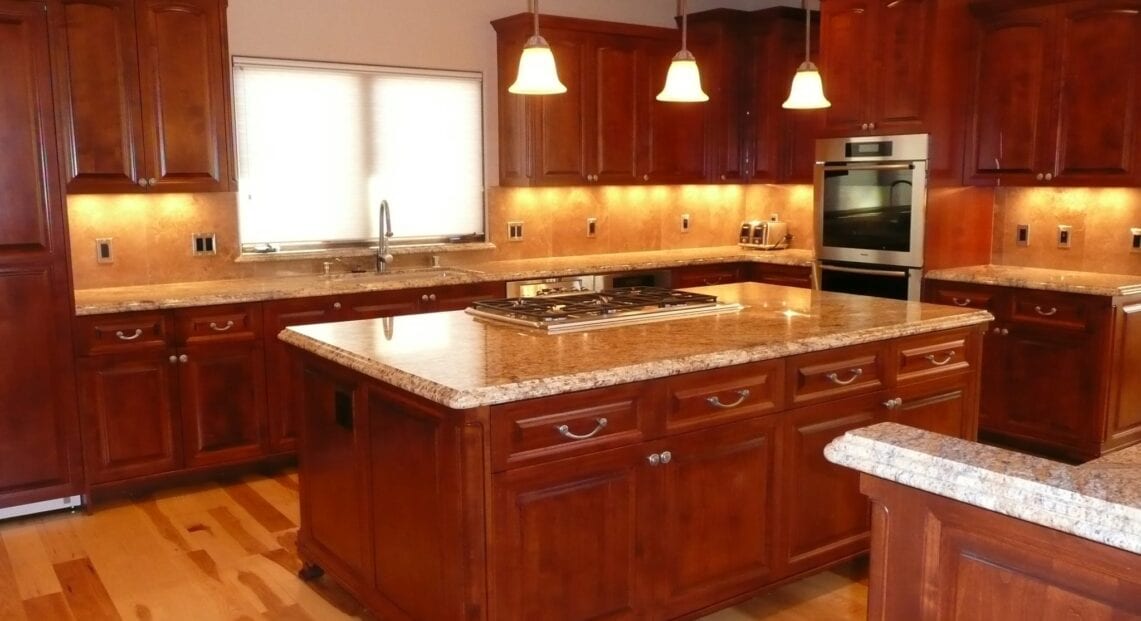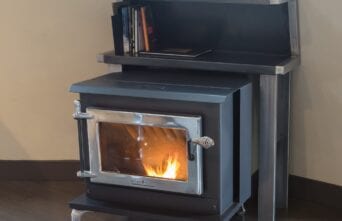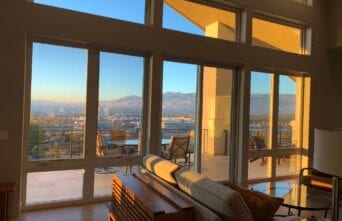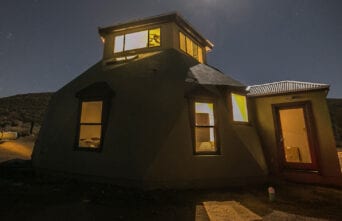Add Value to Your Investment

How to invest in your home to get the best tax benefits as well as biggest bang in the resale market has become a much larger priority in these years since the housing bust. When designing a new home or re-designing an existing home, some consideration should be given to this concern. How much emphasis should be placed on resale or tax benefits is always dependent on the personal situation of the homeowners. My suggestion is always to hope for the best but plan for the worst when designing homes. I’ve heard many a homeowner say that they plan on being carried out of this house on a stretcher. But then when radical change occurs in their lives, they find that they need to sell their home much sooner than expected. Some of these unexpected events can be good, of course (i.e. winning the lottery or a fabulous new job or life-partner with another home) but more often than not, they are bad and the value of their home becomes an important part of their personal portfolio.
A recent post by AP Mortgage Marin, did an excellent job clearly defining the best places to invest and where to look for tax benefits. I’m happy to link to his post here and suggest you read it. It answers the most basic but confusing questions that haunt homeowners getting ready to build new or make a home improvement.
What AP Mortgage doesn’t discuss is the whole issue of thinking of our homes solely as investments and not as the place where we LIVE. Our homes are our comfort zone and sanctuary; where we gather socially and privately. The concept of our home becoming a savings account for retirement or an upwardly mobile lifestyle is new to the baby boomer generation. The “Greatest Generation” made home improvements when increasing the quality of their lives was necessary. For example, when a new child was on the way or mom was moving in, a new bedroom or bath might be necessary. If the floor rotted through, a new floor was in order!
As homes became piggy banks, folks were able to justify adding extravagant amenities to homes that they believed were appreciating more than the costs of the improvements, regardless of the quality, necessity and taste of the improvement.
In today’s home market, I am seeing a new sensible balance. Think about how we purchase our cars. The retained value may be a consideration, but not the driving factor. We know that a car we drive every day is a place we spend time, a lot of time for some folks. For some of us, it’s important how we look when driving our cars. For others, the functionality of the car is much more important. Regardless, we don’t expect to see an increase in value when it’s time to find a new car that better suits our needs.
I can see that in general, people have started thinking of their homes in much the same way. In a buyer’s market, a home that is designed well, is clean and contemporary with up to date conveniences, is going to sell with less time on the market. But there are many personal definitions of value. Only one relates to cash in the bank. When thinking of increased value in your home, think “Value Added” as a broader definition. The majority of us spend much more time in our homes than in our cars. Try to think of your home as the place that adds the most value to your life. When smart planning, innovative and sustainable design are practiced, you have an opportunity to add to your bank account as well. But primarily, your home is a physical asset and tool used to create a happier, more efficient and rewarding life.
How do you define value? Enjoy!


